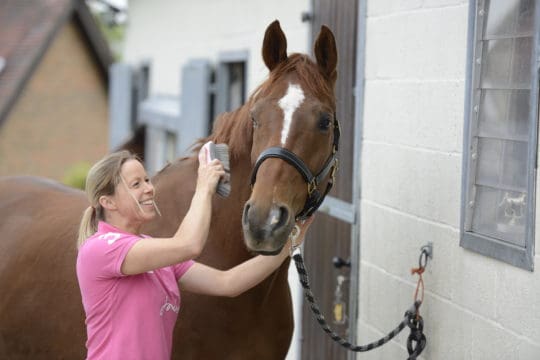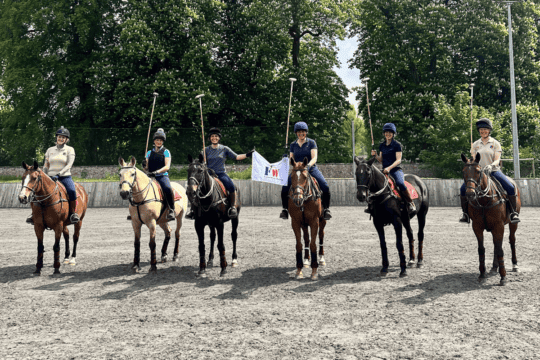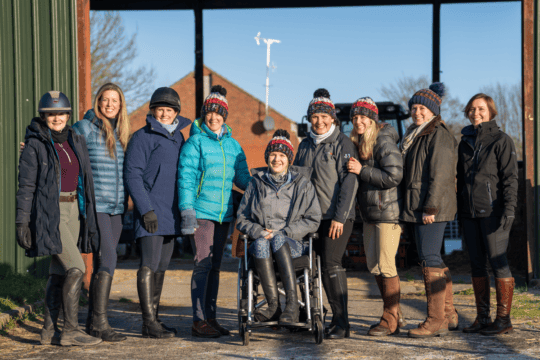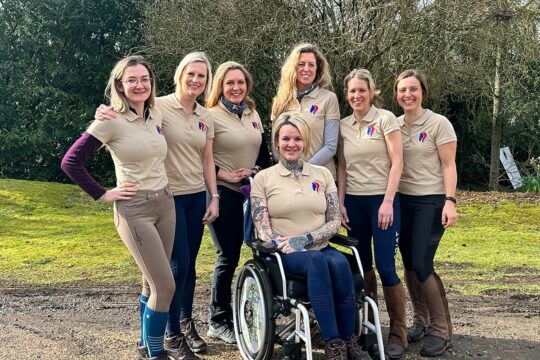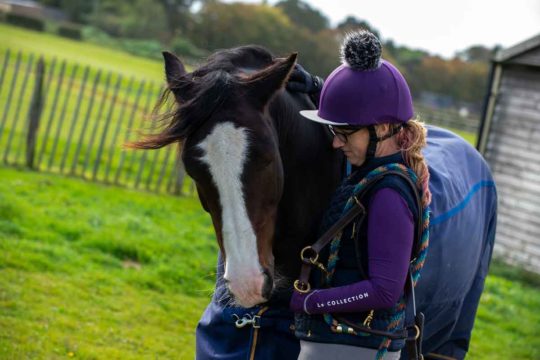
Most Read Articles
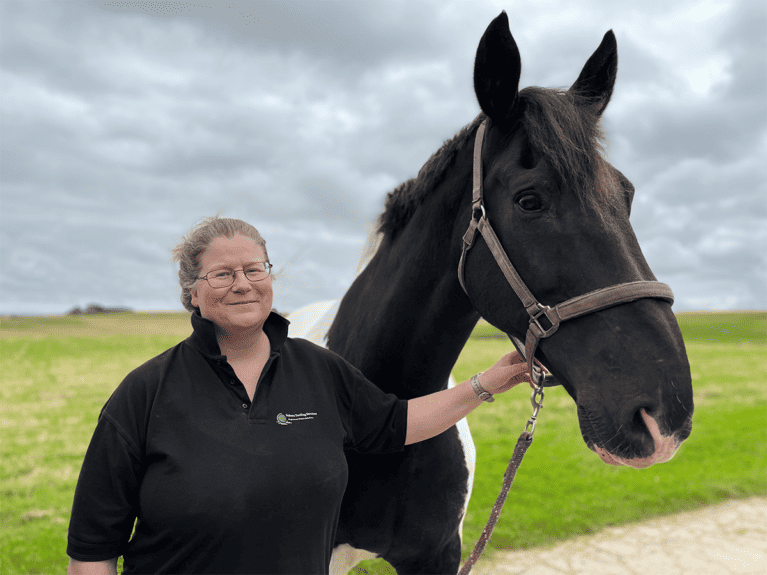
Scientists examine soil samples in the hope of finding mystery cause of equine grass sickness
Scientists are studying soil samples in an effort to find the cause of the devastating disease equine grass sickness (EGS), which damages the horse’s nervous system, resulting in partial or complete paralysis of the intestine.
EGS was first recorded in 1907 when there was an in an army camp near Dundee, Scotland. Since then, cases have continued to be seen and in some parts of the UK, it’s estimated that EGS kills as many as one in 200 horses. Scotland has been particularly affected and, in fact, two young stallions at the late Queen’s pony stud in Balmoral died of the disease in 2018.
Soil specialists at the James Hutton Institute in Aberdeen and animal health experts at Moredun Research Institute have been collaborating to find clues to the origins of EGS. To help with their research, they’re comparing soil samples from an EGS hotspot in Aberdeenshire with biological samples from EGS cases.
The soil samples are being stored in the National Soil Archive at the Hutton’s Aberdeen campus. This nationally important store contains around 60,000 soil samples from across Scotland and allows for the long-term analysis of everything from soil health to carbon storage and, now, also EGS.
The soil will be compared with samples obtained from horses and held by the Equine Grass Sickness Biobank, which is run by Moredun, in partnership with the Equine Grass Sickness Fund with funding from the British Horse Society.
The Biobank project, which involves collecting the samples from EGS cases as well as from healthy horses for comparison, is running for three years. Samples will then be stored for use by researchers and scientists for up to 20 years. Pictured above is Gillian Green’s horse, Jed, who is one of few horses to survive this disease.
Dr Beth Wells, a research scientist at the Moredun, who is collecting the samples using an approach designed by scientists at the Hutton, said: “For some time, we’ve been taking a wider approach to EGS research, looking at the weather and environmental issues in particular. Looking at soil is a relatively new avenue, but it is such a complicated factor to investigate, especially when we don’t know what we are looking for. That’s why I approached Professor Lorna Dawson at the Hutton to work on this puzzle with us.”
Find out more at grasssickness.org.uk

